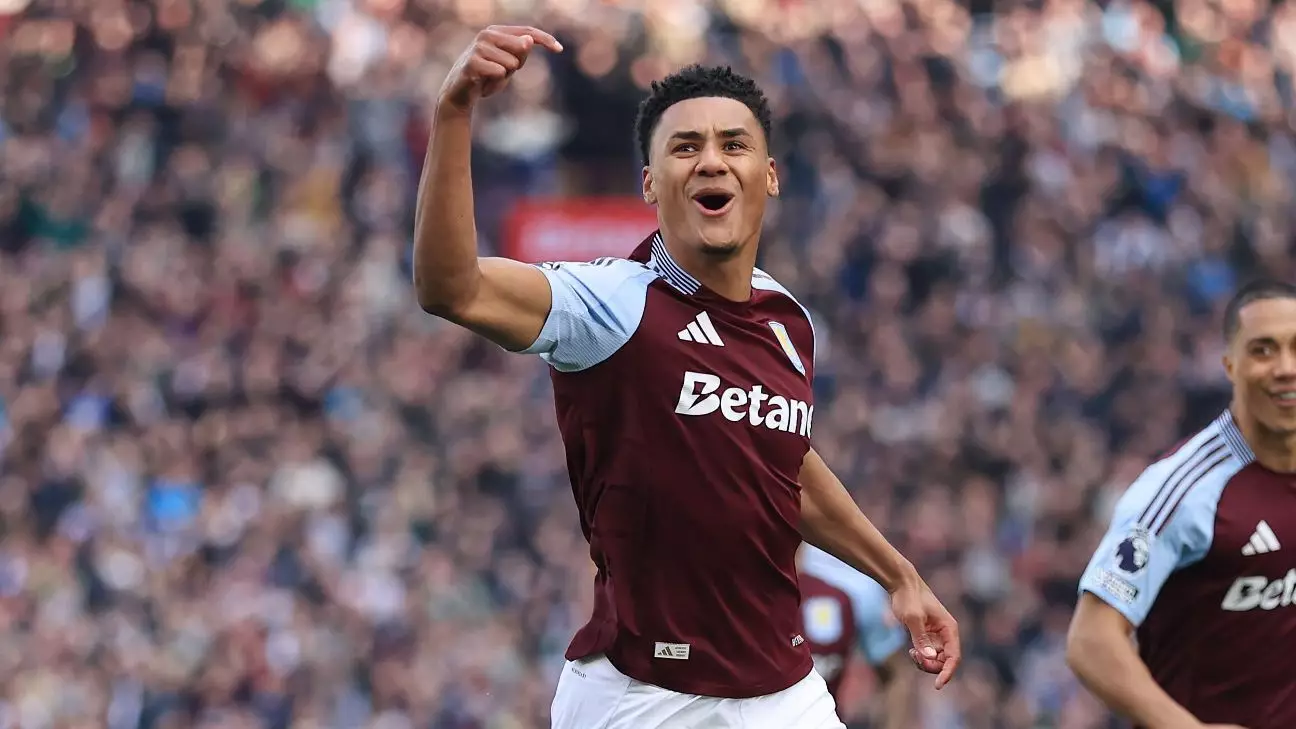The football transfer market is known for its high stakes and strategic play, and the proposed swap between Manchester United and Aston Villa involving Ollie Watkins and Marcus Rashford has captured attention. Each player brings unique skills: Rashford is a dynamic forward with a rich history at United, while Watkins represents a fresh, attacking option that could invigorate the United front line. This swap deal is emblematic of a larger trend in modern football, where flexibility and adaptability in player trades can lead to beneficial outcomes for both parties.
A swap deal of this nature, however, raises questions about the motivations behind the moves. Rashford, who has been valued at approximately £40 million, might find a new lease on life at Villa Park amidst the pressures and expectations of Old Trafford. Meanwhile, Watkins has expressed dissatisfaction with his role at Villa, potentially paving the way for a change. Manchester United’s willingness to explore such options indicates a focus on improving their squad quality without breaking the bank on transfer fees, which could be a wise strategy in today’s economic climate of football.
Pressure and Ambition: The Climate at Manchester United
Under the leadership of manager Ruben Amorim, Manchester United appears to be at a crucial juncture. The club needs to secure Champions League football to not only ensure financial stability but to attract top talent. Amorim’s initial focus on defensive reinforcements and midfield additions—alongside the pursuit of lethal attacking options—signifies a comprehensive approach to rebuilding the squad. This is not merely about acquiring big names but rather forming a cohesive team framework that can compete at the highest levels.
The mention of Eberechi Eze as a target highlights United’s ambition to tap into the next generation of English talent. Eze, valued at around £50 million and with a promising future, represents the caliber of player United should be targeting to foster a blend of experience and youth. However, the competition from Aston Villa intensifies the stakes, and it showcases United’s pressing need to differentiate themselves in a crowded transfer market.
The Impact of Financial Considerations on Player Movements
Manchester United’s financial plans are intertwined with their transfer strategies, as indicated by the current negotiations and rumors surrounding various players. The financial windfall that comes with competing in the Champions League cannot be overstated. Such revenue could influence the club’s ability to secure high-profile signings while also balancing the books.
Moreover, players like Ederson of Manchester City also highlight the frivolity of target timelines in this fast-paced market. As Ederson faces potential interest from Saudi Arabian clubs, Manchester City is already scouting replacements, indicating that big clubs must always be prepared with contingency plans. As football grows increasingly commercialized, the influence of market factors, such as player performance, contract durations, and competition from rival clubs like Liverpool and Arsenal, complicate the transfer landscape.
The Complex Dynamics of Loan and Permanent Transfers
Recent reports about potential moves for players like Victor Osimhen from Napoli reveal the intricate interplay between loan agreements and permanent transfers in football. In Osimhen’s case, aligning his future with Manchester United points to a calculated risk—one that risks the traditional boundaries of loaning players. The idea is to ensure that the loan systems are effectively utilized to bolster squads while maintaining a focus on long-term acquisition strategies.
Taking a step back reveals how clubs are becoming increasingly innovative. It’s not just about recruiting stars through direct purchases. As seen with the performances of youngsters on loan, clubs are assessing their options and embracing less traditional routes to player acquisition. At the same time, clubs are more willing to include contractual clauses and options, making transfers more fluid and adaptable based on on-field performances.
Balancing Ambition and Realism in Transfer Strategy
The ongoing scrutiny of Manchester United’s performance and ambitions raises significant implications for their transfer dealings. While the club certainly aspires to attract top-tier talent, they may need to engage in a balance between aggressive recruitment and prudent financial management. As seen from player valuations, current market dynamics can inflate prices absurdly high, often driven by clubs eager to make a statement. But are these statements made with sound judgment or impulsive enthusiasm?
In this era of heightened competition, where rivals are equally determined and financially capable, diligence becomes paramount. Manchester United’s ability to navigate these waters will determine not only their immediate transfer success but also their longer-term competitiveness at domestic and European levels. The forthcoming transfer window is poised to reflect these complex dynamics, where ambition must marry with a controller’s vision, leading to a transformative phase for clubs like Manchester United and Aston Villa.

